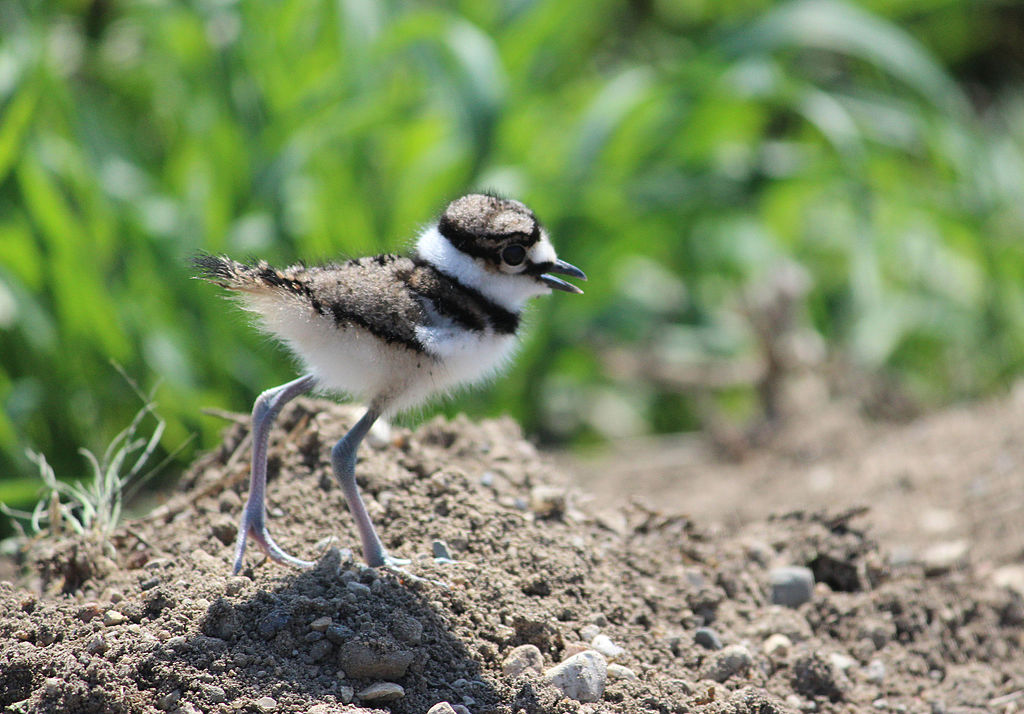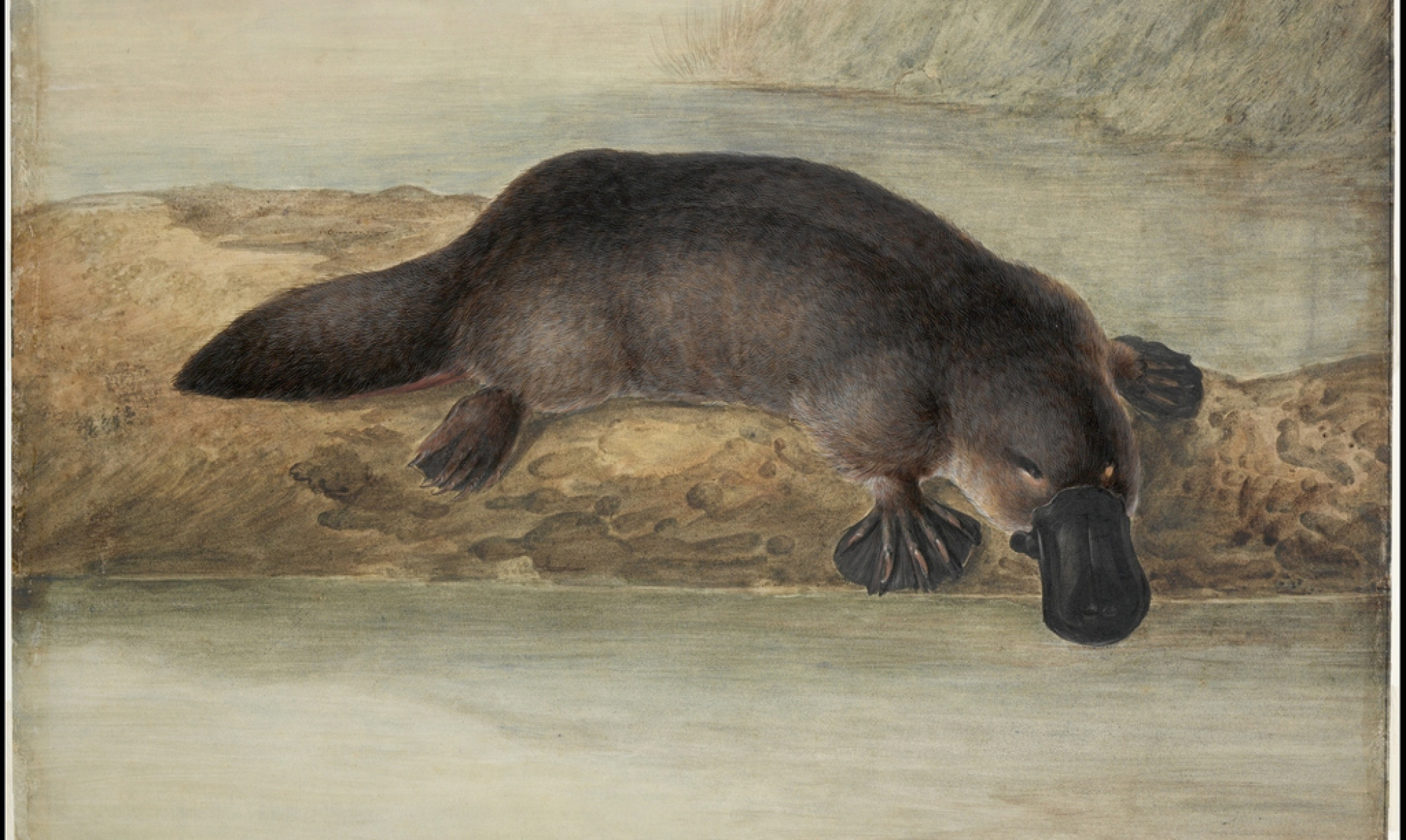(Photo of Kildeer in Flight by Mykola Swarnyk, Wikimedia Commons)
[NOTE: This post was originally written in February 2020 and subsequently updated and reposted.]
The other night I stepped outside for a minute and was immediately mesmerized, a quiet smile suffusing my heart. The kildeer were calling as they swooped over the rail yard across from my house in Baltimore.
Although kildeer (Charadrius vociferus) are year-round residents in Maryland, they breed from mid-March to mid-August—and depending on where you are, you will hear their unmistakable piercing call at various times during the day and into the night.
I listen as they glide above the rail yard, between a busy interstate and a neighborhood of row homes. Is this not a miracle—that creatures so wild can grant us their voice, despite the concrete, cars, and noise nearby? They ask nothing in return–only that they be left alone–and they remind us that despite our conceits we share this planet with other beings.
Although classified as a bird of least concern, kildeer populations declined about 47 percent between 1966 and 2014, according to the Cornell Lab of Ornithology (https://www.allaboutbirds.org/guide/Killdeer/lifehistory).
Kildeer are quite comfortable with the artifacts of man, often choosing, like those in my urban neighborhood, to nest anywhere there is gravel and exposed ground. They build their nests on the ground—and are therefore vulnerable—and will quickly feign injury, dragging a wing along the ground and crying out loudly, if they perceive a threat.

They incubate a brood of 4 to 6 eggs for 3 to 4 weeks, and may brood more than once in a season. Kildeer chicks—unlike many other chicks—are precocial—which is to say that they hatch with a full coat of buffy down feathers as well as the distinctive black stripe–and are able to walk as soon as they are dry.

It has been my experience that once you begin noticing kildeer, you will start to see them far more frequently–as is often the case with aspects of our environment that have become meaningful in our lives. As we emerge from a year of pandemic, let’s hope that we can perhaps begin to appreciate all those creatures that have always graced us with their presence–and who–for many of us, remind us that the world of human affairs is but part of the great play of life on the planet.


